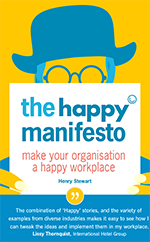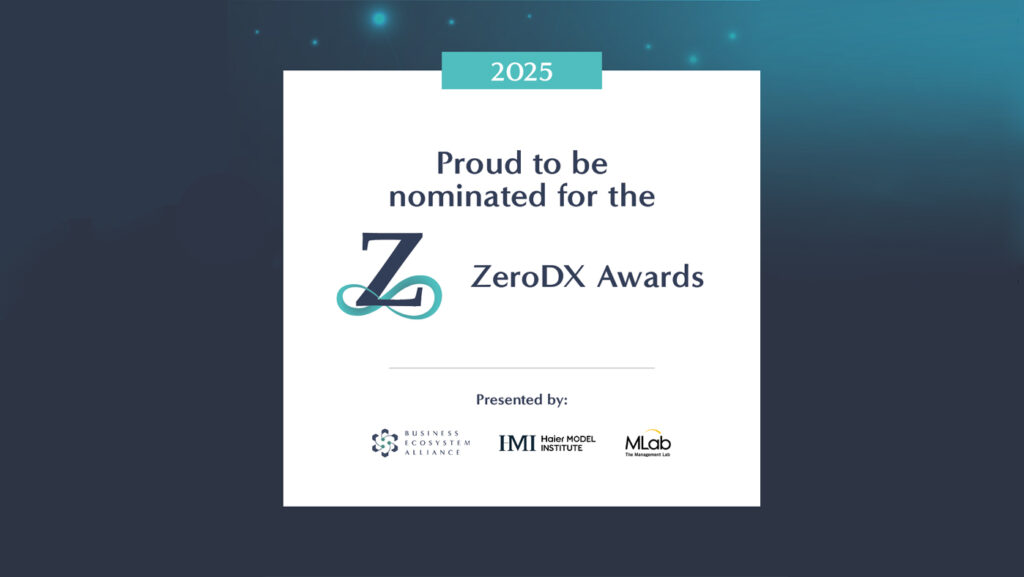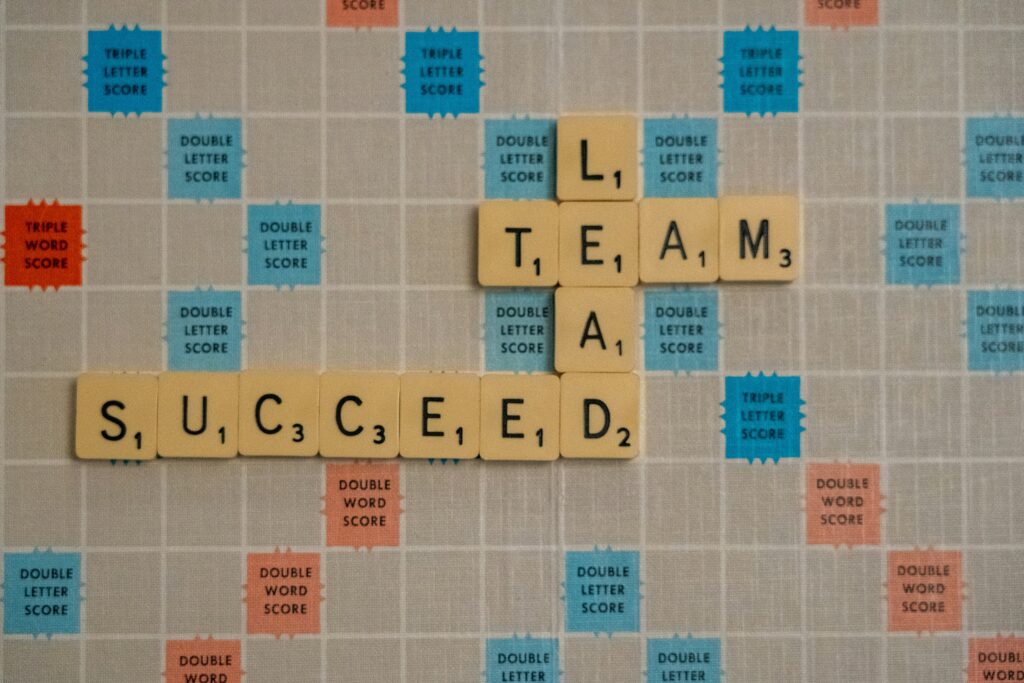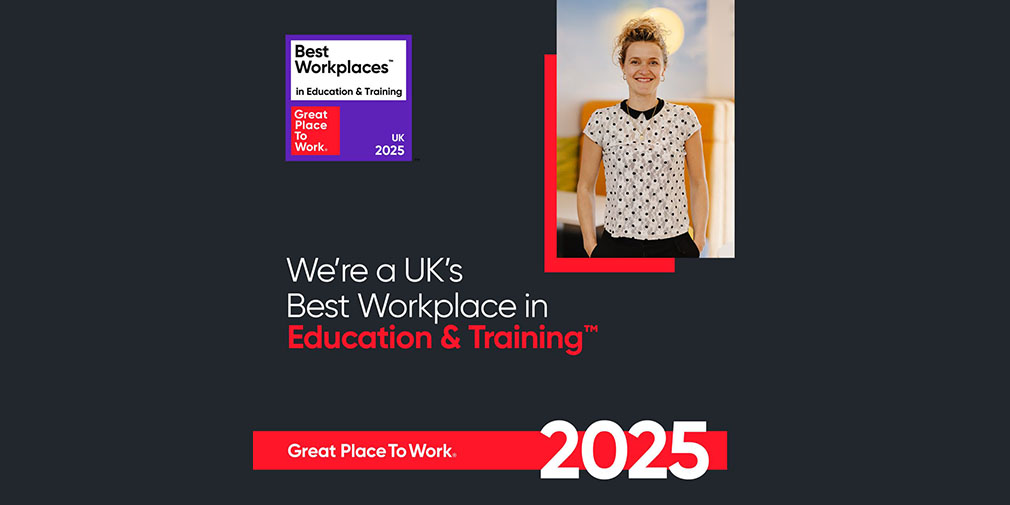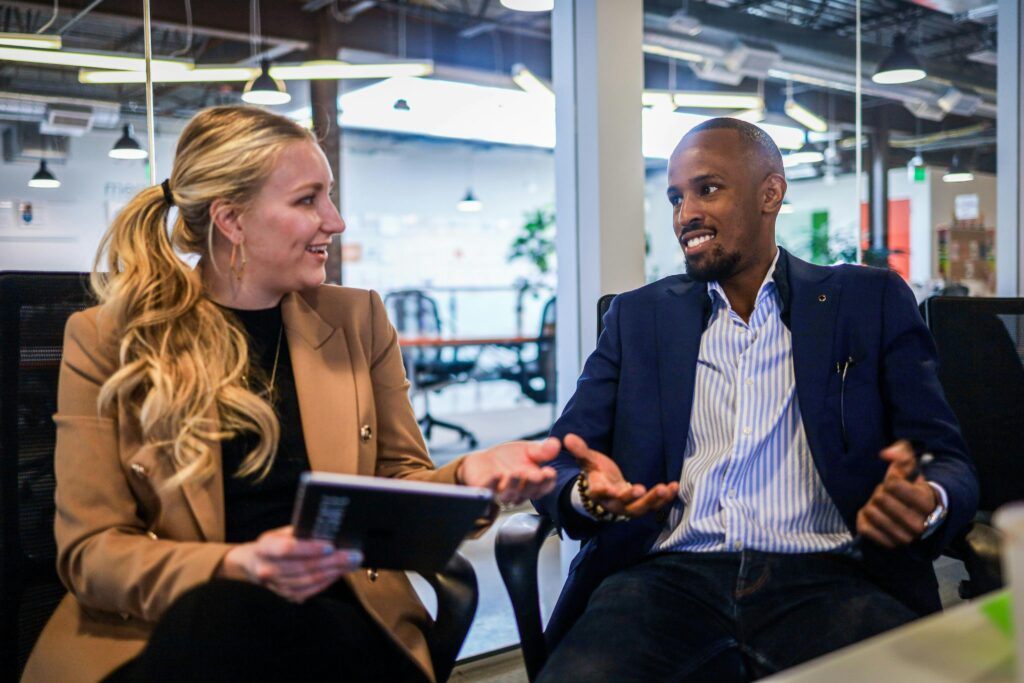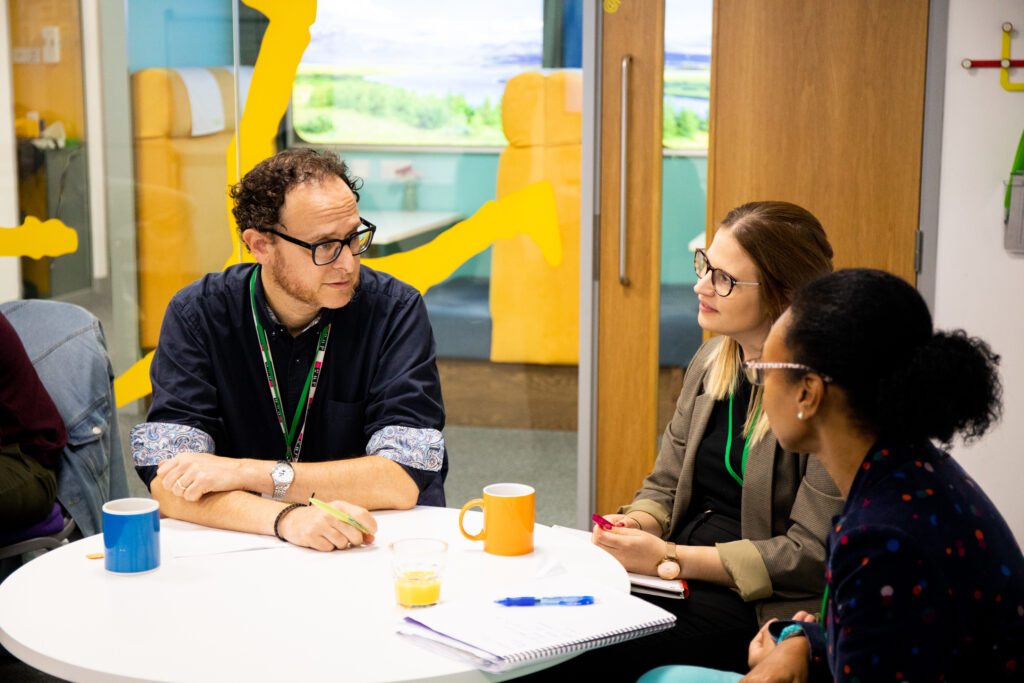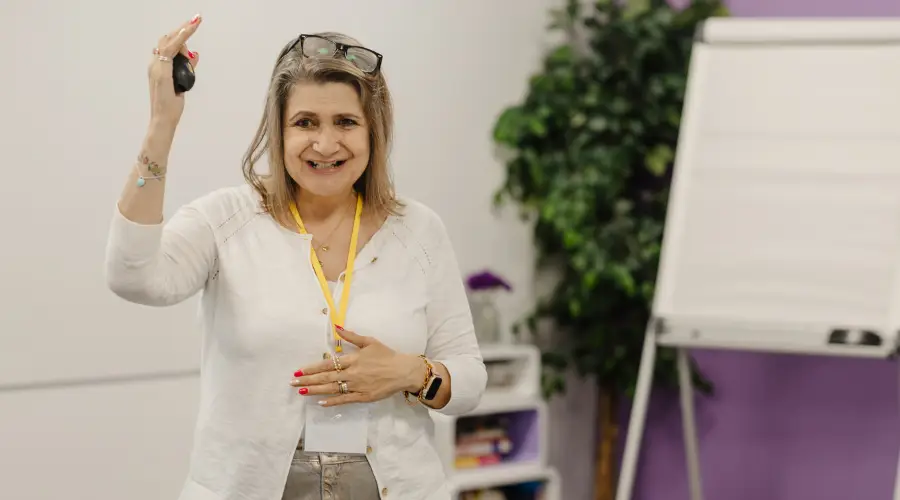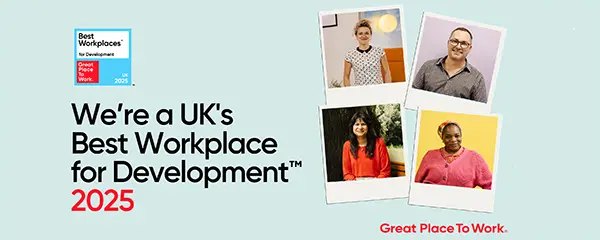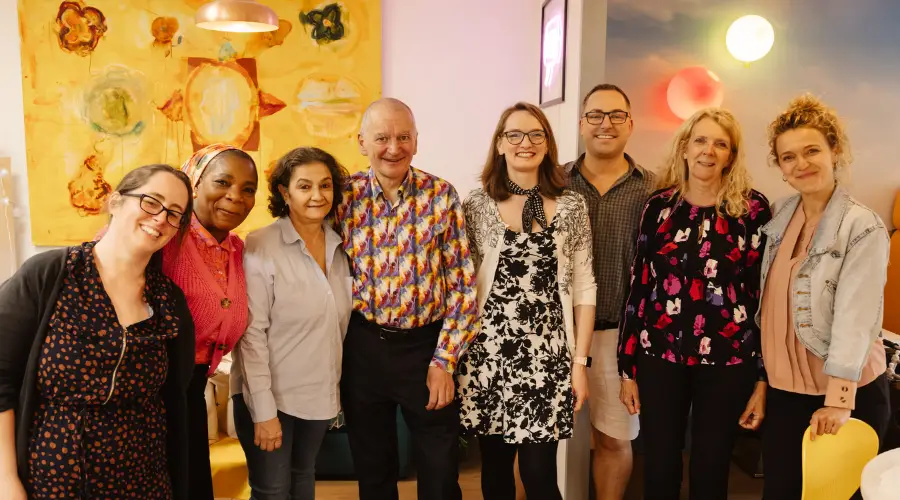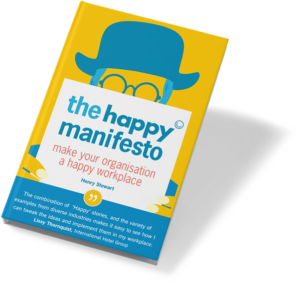To make it work for TV the process took a week on “Who’s the Boss.” Few companies are going to devote that much time, but the core approach can be applied more quickly. As Richard Sheridan of Menlo Innovations says, “we learn more about job candidates in two hours than other companies learn over weeks of interviews.”
Here’s some examples of companies that use collaborative hiring, including some of the most successful business in the world:
Apple: Involve people from other parts of the business
At Apple you can easily interact with a dozen people in the recruitment process, any of which can be decisive. As Steve Jobs explained, “When we hire someone, even if they are going to be in marketing, I will have them talk to the design folks and the engineers.”
Pret a Manger: the team decides whether to take them on
Once somebody has passed the initial screening at UK coffee and sandwich chain Pret a Manger, they work a day in one of the branches. At the end of the day all the staff in that branch take a vote on whether to take them on permanently.
The aim is to find people who are “friendly and lively… people who are good-humoured by nature.” And anybody who has been to Pret (I have a colleague who never goes anywhere else) will testify that they definitely succeed in finding those people.
Menlo Innovations: Make your partner look good
In what Inc described as the “The Most Unusual–and Effective–Hiring Process You’ll Ever See,” founder Richard Sheridan explains how they threw out the resumes, questions and fancy ads and instead hold mass auditions for people who will fit the culture.
Menlo is a coding company and, unusually, the programmers work in pairs (with just one computer). So the interviewees get to work in pairs, switching every 20 minutes and observed by Menlo staff.
The team, not the managers, make the hiring decisions. And you get through if you show authentic collaboration, confidence and humility. As Sheridan puts it: “We explain to the candidates their goal: to make their pair partners look good enough to be invited back for the next stage of evaluation.”
Google: “Don’t leave the interviewing to the bosses!”
That is the advice of Laszlo Bock, Head of People at Google and author of the brilliant book “Work Rules.” He explains that at Google, you may meet your future boss, but far more important is to meet and be judged by those who will work for you, and also somebody with no connection to the job.
“This sends a strong signal to candidates about Google being non-hierarchical, and it also helps prevent cronyism, where managers hire their old buddies for their new teams.”
Facebook: Check the team dynamic
Julie Zhou, Director of Product Design at Facebook, explains how Facebook likes to get a candidate to work with several other designers to evaluate the team dynamic. They look over one another’s work, provide feedback and get to see what they are like to work with in practice. Though they also have a major focus, as you might expect given their business, on how strong their online social presence is.
Zappos: the key is “culture fit”
The US online shoe retailer Zappos is famous for its stunning customer service and for its policy of offering new hires $3,000 to leave at the end of their training. The idea is they only want people who want to work at Zappos enough to forego that offer.
As well as those that interview them, candidates will go through a “social test” of attending some type of department meeting and getting others to interact informally with them.
Zappos also likes to send a car to pick up the candidate. Founder Tony Hsieh explains: “It doesn’t matter how well the day of interviews went, if our shuttle driver wasn’t treated well, then we won’t hire that person.”
Semco: Hiring by democratic vote
Brazilian company Semco was the original inspiration for the ideas of trust and freedom that we espouse at Happy. The company moved from being led from the top (and workers being searched each day at the gate as they left) to one where autonomous work teams had control over their job.
This includes setting their own targets and production goals and also to hiring (and firing) both staff and supervisors by democratic vote.
Southbank Centre: Making it fun, interactive, and relevant
At the Southbank Centre (the UK’s largest arts centre), they used to recruit “hosts” using a traditional application form and interview. But then they realised that the hosts, who are the people who guide you around and show you to your seat, never have to write anything. So a process focused on how good their written answers were did not make sense.
Now they invite people in 200 at a time. The candidates get to find out about the Southbank, interact with each other and meet a whole range of staff. Those who are best with people get invited back, based on a wide range of staff views. They feel its been much more effective. One interesting by-product is the people who get employed tend to be older than before.
Happy
I like to think we practice what we preach at Happy and seek to involve lots of people in the interview. We always interview candidates in groups, to see how people work together, and get involved those who will work with them.
So for recruitment as a “smoothie” (short for Smooth Operator, the term chosen by our admin and customer service people after a night out dancing to Sade many years ago), every existing smoothie will get to sit in and have a say in who is chosen.
Make them fall in love with you!
Finally, always be clear that the recruitment process should be as much about giving them a positive picture of your company (whether or not they get the job) as solely meeting your needs.
As Laszlo Bock puts it: “Remember too that you don’t just want to assess the candidate. You want them to fall in love with you. Really. You want them to have a great experience, have their concerns addressed, and come away feeling like they just had the best day of their lives.”
Of course I should add Reynolds Catering Supplies Ltd and Beech’s Chocolates, both featured on “Who’s the Boss” using collaborative hiring to recruit a senior member of staff.
Will they continue to use it? Tom Reynolds, Business Projects Coordinator and fourth generation at the family business, tells me they won’t go for the full 5 day experience they had with the filming. But “its prompted a full review of recruitment here. It makes such a difference to a new employee’s intro into the business too if everyone is onboard.”
